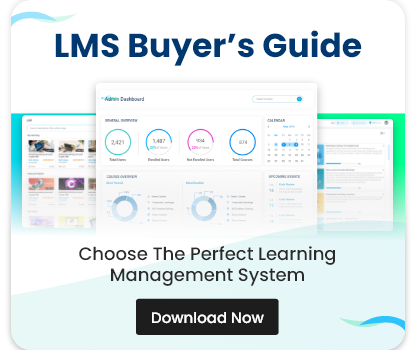In today’s rapidly evolving workplace, learning and development (L&D) have become crucial to staying competitive. As organizations seek to upskill their teams, finding a Learning Management System (LMS) that is cost-effective, efficient, and user-friendly is paramount. If you’re on the hunt for the best free LMS software, you’re likely feeling the pressure to find a solution that balances functionality with budget constraints.
Let’s dive into the best free LMS software options available, explore their features, benefits, limitations, and how to choose the right one for your team.
Start Scaling Your L&D Today with Free Tools
Unlock the Potential of Free Tools to Revolutionize Your Learning Strategy!
Why Choose a Free LMS Software?
Before we dive into specifics, let’s take a moment to acknowledge why businesses are increasingly choosing free LMS software. The primary reasons include:
- Budget-friendly: As the economy tightens, many businesses, especially small to mid-sized ones, are looking for ways to manage costs effectively. Free LMS software can help organizations save money while still offering a robust platform for training and development.
- Ease of use: Free LMS options typically offer user-friendly interfaces and don’t require complex IT setups, making them accessible for teams with limited technical expertise.
- Scalability: Many free LMS platforms offer scalability, meaning you can start small and scale as your team or content grows.
However, it’s essential to carefully evaluate the features of each free LMS to ensure it aligns with your goals. Let’s look at the key features of best free LMS software options.
Key Features of Best Free LMS Software
1. Course Management
One of the core features of any LMS is its ability to organize and deliver courses. The best free LMS software allows you to create, manage, and assign courses easily. For instance, Paradiso LMS offers intuitive course creation tools that make it simple to upload and organize materials such as videos, PDFs, and quizzes.
2. User Management
A strong user management system is vital to track learners’ progress, assign roles, and create user groups. Free LMS software usually provides basic user management features, enabling you to track learner activities, issue certificates, and more. In Paradiso LMS, for example, admins can manage user access, track engagement, and provide custom permissions, making it adaptable to various business needs.
3. Reporting and Analytics
While many free LMS platforms might limit the depth of analytics, best free LMS software should at least offer basic reports on learner progress, course completion, and quiz scores. This helps organizations understand how well their training programs are performing. Some free systems may have limited access to reporting tools, but they still allow basic tracking and reporting features that provide insights into learner success.
4. Mobile Accessibility
In today’s mobile-first world, learning on the go is essential. The best free LMS software provides mobile access, enabling learners to access courses from anywhere, at any time. Paradiso LMS, for example, ensures that learners can complete their training on any device, offering responsive designs and mobile apps for easy course access.
5. Integration with Other Tools
To maximize the value of an LMS, you’ll want a system that integrates with other tools like HR software, CRM systems, or content creation tools. The best free LMS software allows for easy integration, but do note that these integrations might be more limited compared to paid versions. Paradiso LMS allows for integration with systems like Salesforce and HRIS tools, creating a seamless learning experience within your organization’s tech stack.
🚀 Ready to See Paradiso LMS in Action?
Let's show you how Paradiso LMS can work for you.
🎯 Get a Free LMS NowBenefits of Using Free LMS Software
Using best free LMS software comes with several key benefits:
- Cost-Effective Learning: As mentioned, the most significant advantage is the price tag. With a free LMS, you get access to essential learning tools without having to invest in expensive software solutions.
- Flexibility for Small Businesses: For small businesses or teams, a free LMS can be a great way to establish a training program without the overhead costs. You get access to the same core learning features but with a more streamlined approach.
- Faster Implementation: Free LMS platforms typically have simpler, faster setup processes compared to premium LMS options. This means you can deploy training programs quickly and efficiently, without needing to wait months for implementation.
- Scalable for Growth: Even though these platforms are free, many can scale with your business. If your training needs grow, you can often upgrade to paid versions or integrate additional features as required.
Limitations of Best Free LMS Software
1. Limited Features
The biggest trade-off when using free LMS software is the limitation of features. For instance, advanced capabilities like gamification, detailed reporting, and advanced analytics may not be available.
2. Limited Support
Many free LMS platforms offer limited customer support. If you run into technical issues or need personalized assistance, you may not have immediate access to a dedicated support team. Paid versions usually offer round-the-clock support, but free versions often come with a “community forum” or email-based help.
3. Storage Limitations
Free LMS platforms often come with strict storage limits, which may impact your ability to upload and store large amounts of content such as videos and interactive learning modules. As your training content expands, you may need to consider upgrading to a paid version to accommodate more data.
4. Branding and Customization Restrictions
Choosing the Right Free LMS Software for Your Organization
Choosing the right best free LMS software depends on your organization’s needs, size, and long-term goals. Here are some factors to consider when evaluating free LMS platforms:
- How many users will you have? Ensure the LMS can handle the size of your team or organization.
- What type of training do you need? Whether it’s compliance, soft skills, or product training, make sure the LMS is well-suited to your training objectives.
- What integrations do you need? Consider whether you need your LMS to connect with other tools like HR systems, video conferencing platforms, or project management tools.
Top Best Free LMS Software Options
1. Paradiso LMS (Free Tier)
Ideal for: Businesses seeking a scalable, user-friendly LMS with enterprise-grade features.
Highlights:
- Custom Branding: Even on the free plan, Paradiso LMS allows for basic customization to align with your organization’s brand.
- SCORM/xAPI Support: Facilitates compliance training and content tracking.
- Integrations: Seamlessly integrates with HRIS, CRM, and other enterprise tools.
- Mobile Access: Ensures learners can access training materials anytime, anywhere.
Explore the best free LMS – Try Paradiso LMS
Boost training with the best free LMS software!
2. ProProfs Training Maker
Ideal for:- Small teams needing AI-powered course creation and robust reporting.
Highlights:
- AI Course Builder: Automatically generates course structures based on input topics.
- SCORM/Tin Can Compliance: Supports industry-standard eLearning formats.
- Multi-Admin Support: Allows multiple administrators to manage the platform.
3. Moodle
Ideal for: Institutions requiring a highly customizable, open-source LMS.
Highlights:
- Open-Source Flexibility: Fully customizable to meet specific needs.
- Extensive Plugin Ecosystem: Access to a wide range of plugins for added functionality.
- SCORM/xAPI Support: Facilitates compliance and detailed tracking.
4. Google Classroom
Ideal for: K-12 educators and institutions already using Google Workspace.
Highlights:
- Seamless Integration: Works well with other Google tools like Drive and Docs.
- User-Friendly Interface: Simple setup and easy to use for both educators and students.
5. Canvas LMS
Ideal for: Higher education institutions seeking a scalable, cloud-based LMS.
Highlights:
- Open-Source Option: Offers flexibility for customization.
- Mobile-Friendly: Provides a responsive design for mobile learners.
- Rich Feature Set: Includes grading tools, discussions, and multimedia support.
Conclusion: Is Free LMS Software Right for You?
Choosing the best free LMS software comes down to balancing functionality with budget and business needs. While free options are a great starting point for many companies, there are limitations you should keep in mind as your training programs expand.















